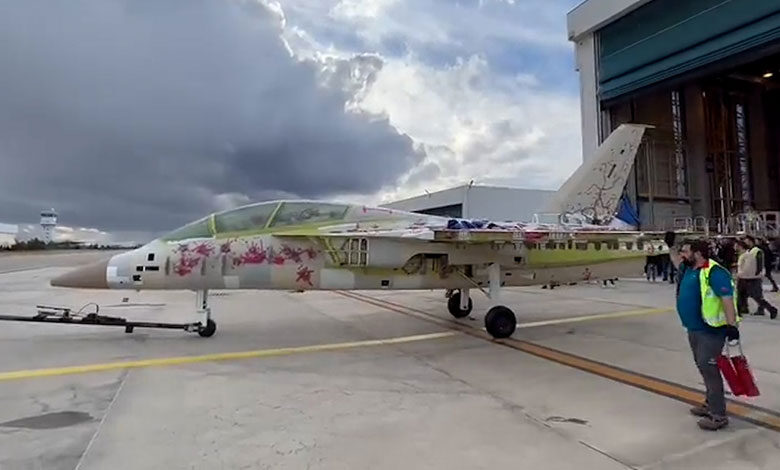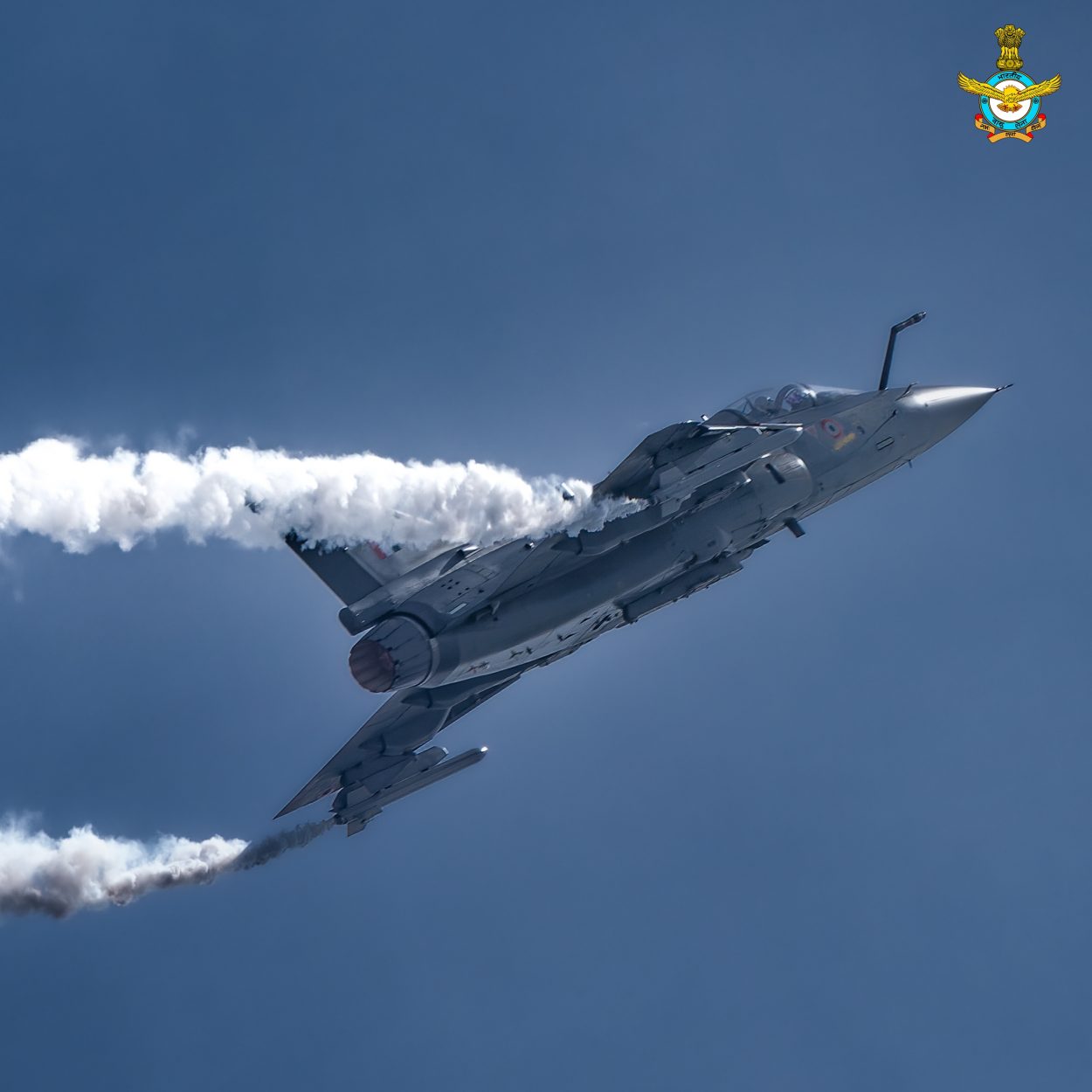Turkey’s first self-produced basic trainer and light attack aircraft Hürjet has finally left the hangar, indicating that its development is proceeding without any major hiccups.
In a video on the internet, the Hürjet prototype can be seen being pulled out of the hangar by a tow tractor. The aircraft, developed by Turkish Aerospace Industries, is one of the most ambitious projects of Turkish aviation.
The Hurjet prototype, slated to make its first flight in 2023, does not yet have its engines installed. However, the ground testing of the aircraft will begin as soon as the engines are installed.
Besides that, the aircraft’s electronic systems are also planned to be tested shortly before the TAI Hurjet’s first flight. That being said, the recent development is a critical step in meeting the crucial deadline for the aircraft’s development.
#HÜRJET pic.twitter.com/NpIOx8r6Ca
— SavunmaSanayiST.com (@SavunmaSanayiST) December 23, 2022
The Hurjet, a supersonic trainer aircraft, will be the successor to the turboprop Hurkus. Initially, the Hurjet’s first flight was scheduled for 2022, but it is now anticipated to take place in 2023.
As previously reported by the EurAsian Times, Turkey authorized serial production of the aircraft in January 2022.
The Hurjet will replace Turkey’s outdated Northrop F-5 fighters and T-38 Talon trainers in service. One of those F-5s crashed on December 6, 2022, after one of the aircraft’s engines lost power due to a collision with a bird.

This comes after a video published in November revealed that the first TF-X prototype is starting to take shape on the assembly line. According to reports, Turkey plans to complete the first prototype in 2023, which analysts suggest may be an incredibly optimistic deadline.
TAI exhibited a mockup of the TF-X during the Paris Air Show in June 2019. TAI President & CEO Temel Kotil stated that it will be “the best fighter aircraft in Europe” and that the prototype will fly in 2025.
Currently, it’s anticipated that the TF-X prototype will fly for the first time between 2025 and 2026 and that the first production aircraft will leave the factory in the early 2030s. However, even that prediction may ultimately prove to be too optimistic.
Experts also predict that Ankara will compromise on the aircraft’s stealth capabilities to start serial production on schedule. Because of this, the initial models will, at best, be highly advanced 4.5-generation aircraft.
A Competitor To India’s Tejas
The Hurjet, like other supersonic trainers, can also be used as a light combat aircraft. It has a top speed of Mach 1.2 and a ceiling of 45,000 feet.
TAI started the Hurjet program in 2018. The aircraft is designed to carry a maximum payload of 3,000 kilograms, which may include munitions, radar equipment, and a camera.
Hurjet is a single-engine tandem-seat trainer aircraft with modern avionics and high-performance characteristics. The aircraft is intended to perform an essential part of contemporary pilot training. The combat variant is a battlefield force multiplier because of its diverse range of mission capabilities and large payload.
These capabilities place it in the same category as the M-346 Master from Italy, the Tejas from India, and the T-50 Golden Eagle from South Korea.
It is worth noting that the Turkish defense firm has also submitted a proposal on a light combat aircraft (LCA) tender for the Royal Malaysian Air Force (RMAF), pitching the Hürjet.
The six contenders in the Light Fighter Jet contract competition are the Chinese JF-17, South Korean FA-50, Italian M-346, Indian Tejas, Turkish Hürjet, Russian MiG-35, and Yak-130. But, it was reported that China’s JF-17 and the Russian Yak-130 are no longer in the competition.

Multiple media reports suggest that the two main rivals—South Korea’s FA-50 and India’s Tejas—seem to be in a tight race to win the deal. Nevertheless, Turkey expects that the Hurjet will also prove a success on the export market, maybe emulating the rising fame of Korea’s T-50 and its KA-50 combat version.
The Hurjet, according to Turkish procurement officials, will have a booming export market once it has become combat-proven through its use by the Turkish military. “Ongoing negotiations [for exports] have been a booster in formalizing the government’s intention to start serial production,” a procurement official said.
That being said, the rapid development of this trainer aircraft will represent a significant achievement for the nation’s aerospace industry.
- Contact the author at ashishmichel@gmail.com
- Follow EurAsian Times on Google News




